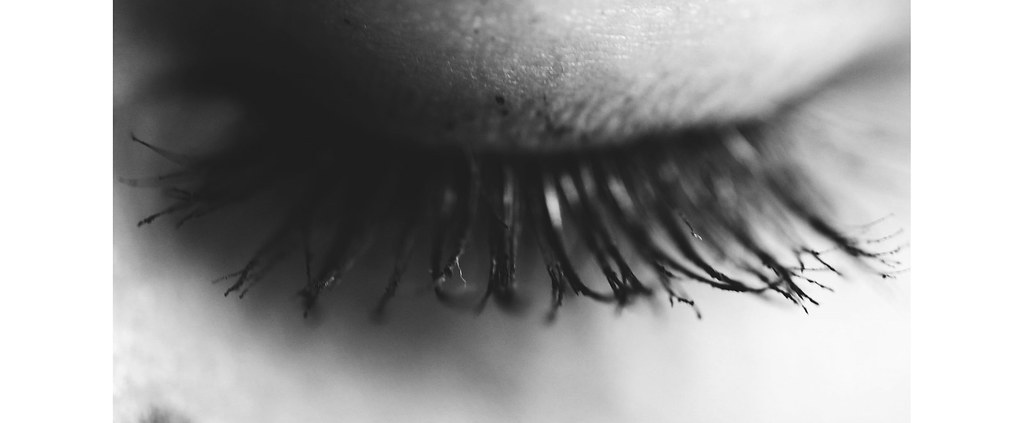
Piet Biniek has been a member of Flickr since 2012 and goes by the pseudonym "Mathilda LeLapin." In addition to being a photographer, Piet is an artist with her own therapy and dance therapy practice. Her first photo exhibition was in 2009 and she lives in Wuppertal and Berlin, Germany.
1. Please introduce yourself. Who are you? What do you do? How long have you been into photography?
My name is Piet Biniek and I go by the pseudonym “Mathilda LeLapin” on Flickr. I am an artist and therapist, based on the studies of philosophy, German language, psychology, and dance. The intense occupation with photography started in 2006 after I did a theatre piece and the critics said “you create wonderful images.”
2. In one sentence, please describe what you captured in this shot.
The eyelashes of a young woman in a close-up.
3. Why did you select this photo to share?
This photo was part of an “Out and About“ exhibition in Wuppertal, Germany, the city I live in. I am really proud of it.
4. What style of photography would you describe this as and do you typically take photographs in this style?
[This photo] is a perfect example for my typical process: I am curious about something, but only when I see the picture on my screen do I realize the potential. I used to take “staged” pictures, which is surely the result of my time on stage as a dancer, performer, and director. The exhibition is about the coronavirus in a very open sense. I love the word play “Close(d),” which suggests that we as a spectator come very close to a person during a time period when we should not come too close to each other, and of course, most of our rooms for social and cultural experience are closed too. There is often a kind of philosophical approach in my pictures.
5. When and where was this photo taken?
It was taken in Berlin on March 15, 2021, at a window of the apartment in which I have a room.
6. Was anyone with you when you took this photo?
The young woman whose eye was photographed.
7. What equipment (hardware and software) did you use?
My Canon 80D with a Macro EFS 35mm. Edits were made with Photoshop 2017.
8. What drew you to take this photo?
This young woman has extremely long lashes and I am always curious about what happens when I take details out of context. I love showing very small things in an enlarged version. It is also about how we see things, how we focus on details or not, how we lose the context sometimes or lose ourselves in the details.
9. How many attempts did it take to get this shot? How long did it take you to get one that you were satisfied with?
One attempt.
10. Did you edit (or do any post-processing/production on) this photo?
Yes, I did. The original was coloured and I did a little post-processing on contrast and added a filter that I like.
11. What encouraged you to share this photo online and with others?
For me, my pictures are dead unless I can share them. Sharing my photography with others is one way to bring it to life and [sharing online is] a different way of exhibiting the work all over the world.
12. Did you learn anything in the process of taking, editing, or sharing this photo?
I realized that I do less post-processing when I know what I want.
13. Do you remember what you had for breakfast the day you took this photo?
I start every morning with a very strong coffee.
14. What would you like people to take away from this photo?
To get closer to details, to get closer to each other, to come closer to ourselves.
15. Is there any feedback that you’d like to get on this shot?
Always.
16. How can anyone reading this support your work?
You can of course follow me on Flickr and I always announce exhibitions on my website. If you are around you can visit the next exhibition I am in. I am also always looking for invitations to exhibit my work all over the world. To purchase prints of my work, contact me directly through Flickr or my website.

